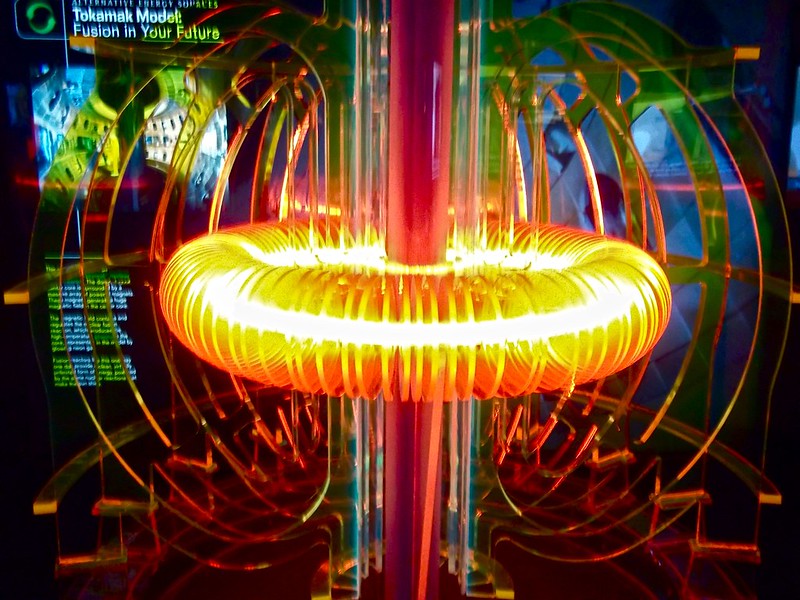As nuclear power returns to the good graces of corporate and political leaders in Japan and the U.S., nuclear fusion is gaining more attention as a potential carbon-free energy source.
The fusion energy projects appearing in recent years remain experimental, but there’s hope within the industry that a major breakthrough could happen within the decade. While nuclear power requires splitting atoms, nuclear fusion requires their combination, the same process by which the sun produces energy when hydrogen atoms fuse to become helium.
Thanks to advances in AI and electronics, nuclear fusion is no longer a physics problem but more of an engineering one. Thus, large sums of money are being invested. North America is leading the charge to develop fusion power, but Japan’s engineering companies are determined to be a part of this revolution.
Earlier this year, Prime Minister Kishida mentioned nuclear fusion as part of his clean energy strategy, which allows startups in the field to claim state financial support. Then, on Sept. 13, Sanae Takaichi, the Minister of Economic Security, said the government will soon formulate a detailed strategy to develop nuclear fusion power.

